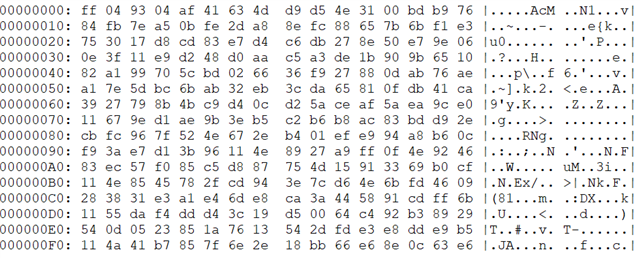Hi
I am working with the radio test sample. I am using the RSSi viewer for testing as detailed here. I am guessing that I need two development kits here - one with the sample flashed (A) and another one that is connected to the PC with RSSI viewer (B). The RSSI application programs the device B. This is my understanding about the setup. However, even without my device A powered down, I can see some activity in the RSSI viewer. I have no other bluetooth devices in the vicinity. Hoping to see a change in the observed pattern, I turned the device A on and used the following commands
output_power pos4dBm
start_tx_modulated_carrier
However, I could not see any change in the RSSI viewer. Is there anything that I am doing wrong ?
Also, I tried using the testing method using another DK as described here. This time, I could see the received packets but I cannot see any changes when I use print_rx on B when i change the output power of device A. How do I analyze the pattern ?
Thank you




